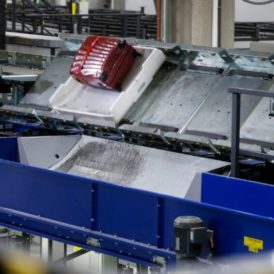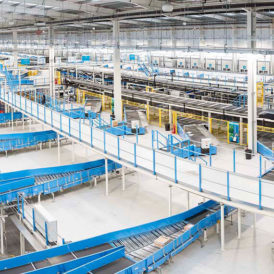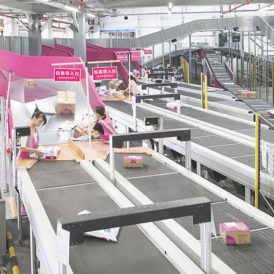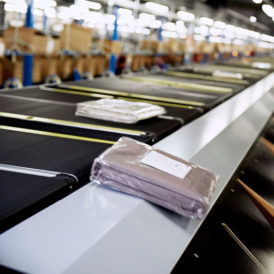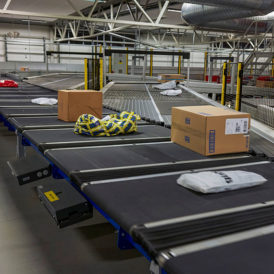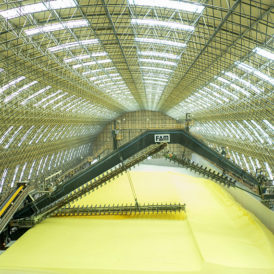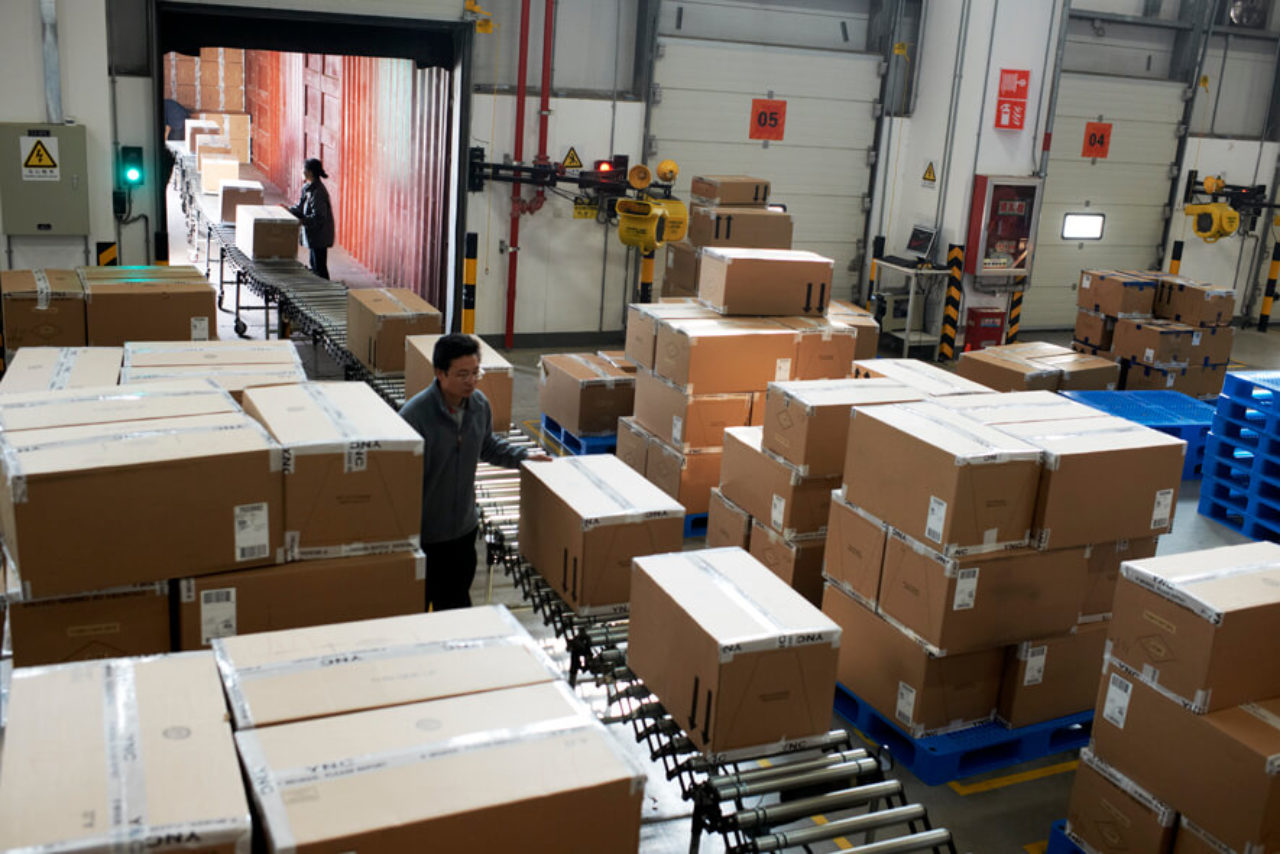2. Investment in SCM can help mitigate customer frustration
Big investment funds are pumping money into logistics technology at a rapid pace, the Wall Street Journal reports. Supply chain delays and disruptions, delivery delays and product shortages have directly affected end customers. Nearly 87 percent of Americans say that they were negatively affected by supply chain disruptions, according to an Oracle survey from September 2021, so investors are spending big on supply chain technology to help alleviate the frustration felt by everyone in the logistics equation.
3. SCM gives organisations a better view of their suppliers
About 50 percent of organisations have visibility into 90 percent of their tier one suppliers, but those percentages drop significantly for tier two, tier three and beyond. This means many companies out there are flying blind. Software providers are honing their solutions, adding new features and marketing them to an audience of shippers that are hungry to invest in and adopt solutions that give them a better view of who they are working with.
It is estimated that by 2025 at least half of supply chain operations will have a dedicated risk management function filled with the people, processes and technologies needed to effectively run their end-to-end supply chains and maintain competitiveness in their respective industries.
4. Stability in a disruptive environment
Some industries have suffered major disruptions and losses during the pandemic, but the SCM sector has largely remained strong and stable.
Software that incorporates predictive analytics, real-time data, artificial intelligence (AI), machine learning (ML) and other advanced technologies are in particularly high demand right now.
Companies need software that integrates with the rest of their business operations and offers visibility into all aspects of the business—be it transportation, warehousing, procurement or another function.
Companies are realising the importance of being analytical about what’s going on in the world, predicting what’s going to happen next and aligning themselves accordingly
Real time data helps with on-the-fly decision making
Companies need access to real-time data that can not only be used to make accurate predictions, but also factors in more than just basic data points and numbers. Organisations want to be able to incorporate voice calls, e-mails, purchase histories and other metrics into their data banks and use them for good decision-making.
